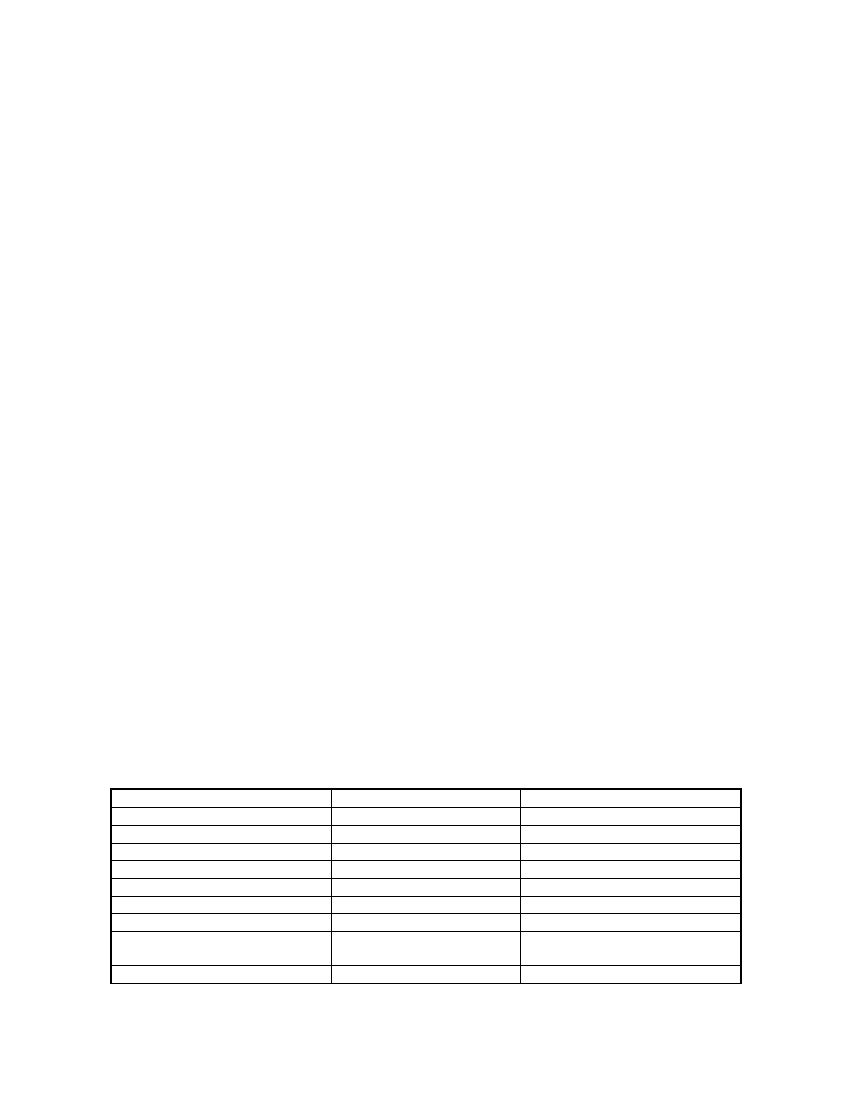
7.4 Plant repair
Repair measures for biogas plants (cf. table 7.5) are necessary in case of acute malfunctions and
as indicated by routine monitoring. Repair measures exceeding simple maintenance work usually
require outside assistance, since the user himself may not have the necessary tools or know-how.
It is advisable to have the annual maintenance work mentioned in chapter 7.3 performed by
external artisans With prior experience in biogas technology. Such maintenance and repair work
should be ordered on a contract basis. Past project experience shows that professional biogas
repair and maintenance services can be very important for ensuring long-term plant performance.
Such services should include general advice, functional testing, troubleshooting, spare-parts
delivery and the performance of repair work.
Quantity and quality of substrate
- low/less daily input
- excessive dilution with water
Ascertain by control measurements
Gas system leaks
- gasholder
- gas pipe
- valves and fittings
Ascertain by checking all components and connections for leaks with the aid of soapy water
Disturbance of the biological process
Indications:
- heavy odor
- change of color of digested material
- drop in pH
Possible remedial measures:
- inspect the quality of the substrate
- stop biomass until the process returns to normal
- stabilize the pH, e.g. with lime
- add cattle dung or healthy slurry
- investigate the user's filling methods to determine if pollutants or noxious substances
(detergents, pesticides, etc.) are getting into the plant
Table 7.4: Simple-plant malfunctions and remedial measures (Source: OEKOTOP)
Problem
Plugged-up inlet pipe
Stuck gasholder
Possible cause
fibrous substrate
floating scum
Tilted gasholder
Low gas production, poor gas quality
Receding slurry level
Inadequate gas storage in fixed-
dome
plants
broken guideframe
cf. table 7.3
leak in plant
leak in gasholder
Countermeasures
use rod to unplug the pipe
1. turn the gasholder
2. take off the gasholder
and remove the scum
repair
cf. table 7.3
repair
repair
93